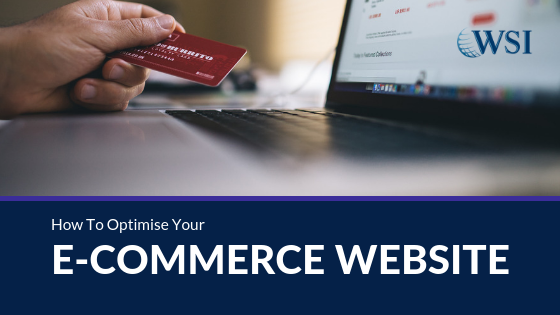
We’ve spoken at length about the importance of SEO for websites but what about e-commerce? It is no secret that the online shopping world is exceeding all expectations and the sector will likely continue to grow. In 2017, e-commerce sales totaled more than $2.3 billion worldwide and experts predict it could double by 2021.
While this is great news for e-commerce brands, they need to work extra hard to keep ahead of the competition. Finding ways to increase visibility and popularity online is becoming increasingly difficult but with the right digital marketing tactics, your business will come out on top.
Improving the search rankings for your e-commerce brand is more important than many might think. If your site does not appear at the top of SERPs when a customer is looking for a product, you will not generate new leads through organic traffic.
SEO for E-commerce
Did you know that 85% of customers use Google to look for products before they purchase anything? Coming up with a sustainable growth strategy can mean the difference between success and failure. To achieve true success, you need to take your strategy to the next level by understanding your customer’s buying behaviour.
One way of boosting e-commerce sales is offering discounts to the right audience combined with accepting several payment options. While this is a great place to start, you need to do more! Bookmark this article to have a simple guide that can help you drive e-commerce sales using the right SEO tactics.
Conduct Detailed Keyword Research
Without conducting thorough keyword research, you will not know which keywords or phrases to use when creating an e-commerce website. All successful SEO strategies start with effective keyword research. It helps you identify how your customers are searching for your business or products.
Ranking high on SERPs can be very challenging without the right keywords. Consider asking yourself questions like these before you use keywords or phrases that you think your e-commerce site could rank for.
- Why would customers want to buy my products?
- How do my products/services answer their questions or solve their problems?
- How will users find a specific product on an e-commerce page?
- What words or phrases would I type into search engines to find similar information?
- What will potential customers type if they are looking for more information on this topic?
- Are there any synonyms or similar search terms customers might use instead?
When you don’t have all the answers, be creative and think outside the box. Consider a customer’s search intent rather than actual search terms. Don’t forget to use long-tail keywords as they are often very popular search terms. Many people type a question into search engines so think along those lines instead of a single keyword. Use SEO research tools to find the most suitable keywords for your e-commerce business. A great place to start is using Google Adwords keyword planner.
Use A Simple Site Structure (Sitemap)
Search engines, like Google, use bots (web crawlers) to index information on websites. This information is stored in the search engine’s index which means they can easily reference the index and find the most relevant data when someone searches for a related term.
As such, sitemaps help search engines discover your content but there is a trick to it. Don’t over complicate your site structure with dozens of links leading to thin content. It will only lead to the bots not being able to index your site properly leaving you at the bottom of search results. Make sure that you keep it simple but functional, not only for search engines but also for human users. Include an xml sitemap to submit to search engines and an html sitemap to help visitors find your content easier.
Before you sign off, use websites like sitemap.org to verify that your sitemap meets search engine requirements. Many websites struggle to index some content so always double-check. In Google Search Console, use ‘Fetch as Google’ in the Crawl section or use SEO-browser and the MozBar. Here you’ll see what elements of your content search engines can see and index.
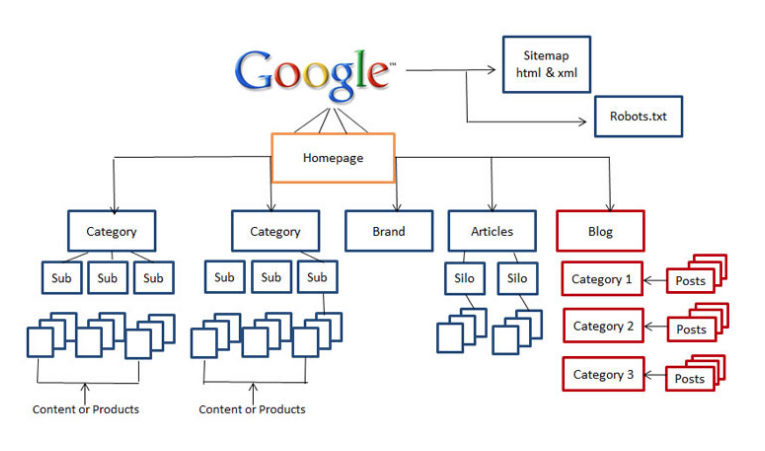
Use Link Anchors
Anchors are typically used when creating pages with a considerable amount of text. Companies would make an index at the top of the web page that links to the anchors added to key places within the text. E-commerce sites should contain internal links to establish site navigation.
The structure and words of links are vital for good SEO and helps search engines better understand the relationship between a specific product page and the rest of the website. Words in the link also indicate to search engines the relevance of that page to a specific topic or keyword. Check that all hyperlinks, anchor text and keywords are correctly optimised.
Include Image ALT-tags, Titles and Detailed Product Descriptions
Images for e-commerce websites play a pivotal role. It draws a customer’s attention by providing a visual representation of what they want to purchase. In addition to the human element, images also need to speak to search engines.
Despite advanced technology, web crawlers often ignore or devalue images, Flash files, Java applets and content within iframes. This means that search engines can’t read images which means you have to optimise all your images. Add ‘Image Alt-tags’ and use your primary keyword to describe the image. You can also add a short sentence containing important keywords in the image description section.
In terms of product titles and descriptions, you want visitors to know exactly what they are looking at. Titles and descriptions are essential to e-commerce success. Don’t write gibberish just to fill a gap; make sure you include only interesting and important information such as the key features, prices and availability.
You should also avoid duplicating the manufacturer’s information and add your own twist (with keywords of course) to create eye-catching, unique descriptions. After all, you want your business and products to stand out from the competition, right?
Maximise Page Relevancy and Page Load Speed
When it comes to content on e-commerce websites, there are several bad examples with too much information and non-related links and calls-to-action. Page relevancy is all about making sure customers can quickly find what they are looking for when landing on your website. If someone clicked a link to view red dresses, don’t send them to a page with sporting apparel.
Relevancy comes down to good product description, images and a clear call-to-action. When people struggle to find what they want, they will leave your site and that increases the bounce rate. As a result, your SEO is affected and it can negatively impact your search engine rankings.
Just as page relevancy is important, so is website load speed. Many of us have experienced the frustration of trying to access a web page that takes eons to load. When this happens, visitors are likely to close the browser and contact one of your competitors.
The performance of your web page is a vital ranking factor and with modern technology, a slow website is simply unacceptable. Visitors often see slow websites as untrustworthy and 40% will abandon a website if it takes longer than 3 seconds to load. The same applies if it doesn’t render properly on mobile devices. Remove anything that’s slowing down your page, i.e. music players, flash graphics, large images and pointless plugins. Search engines can easily detect this type of behaviour and ultimately use it as a page ranking factor.
There are several good tools you could use to test your page speed such as Pingdom, PageSpeed Tools, GTmetrix and WebPageTest.
Responsiveness and Mobile Friendly
Last on our list but certainly not the least is mobile-friendly and responsive websites. With so many people shopping online using their smartphones or tablets, e-commerce websites must be optimised for mobile. If people consider page load speed as poor, imagine what they think of a website that looks terrible on mobile.
Googlebots take responsive web design very seriously so why not take advantage? A fully responsive website is likely to rank higher on search engines than a normal site searched for on mobile. The changes in a responsive design should also be subtle across different devices. The goal is to create optimal viewing through easy reading and navigation with minimum resizing or scrolling.
Implementing responsive web design results in a much improved user experience and with that, come improved conversion rates. If your e-commerce site is not mobile friendly, you will miss out on the rapidly growing mobile audience.
If you need help getting started with your e-commerce website and digital marketing campaigns, get in touch for a free consultation. We specialise in SEO, PPC, social media management and Marketing Automation among others.
Related Post
Effective Facebook Marketing...
With over 600 million users, Facebook represents the single most connected platform on...
- March 1, 2011
- By Nadine Thomas
- Latest Online Trends
Monitor, Influence and Lead...
Get Actively Involved in the Outcome of Search Results Don’t take negative publicity...
- April 28, 2011
- By Rob Thomas
- ORM
Free Online Reputation...
Listen to What’s Being Said About You Online (Free online reputation monitoring...
- May 5, 2011
- By Rob Thomas
- ORM
Top Tips for Product Page...
As the internet evolves and user expectation becomes increasingly sophisticated, creating...
- May 31, 2011
- By Rob Thomas
- e-Commerce
How To Drive Sales With...
Landing pages have long been the primary tool of the web-savvy marketer. Whether the...
- June 12, 2011
- By Nadine Thomas
- e-Commerce
Top Tips for Product Page...
Your website marketing activities are geared to getting a qualified audience to your...
- June 14, 2011
- By Rob Thomas
- e-Commerce




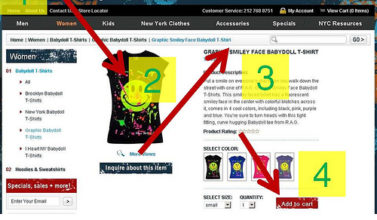
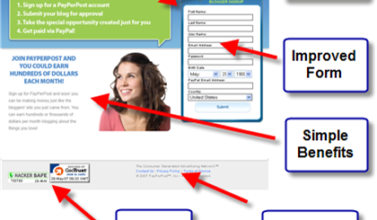
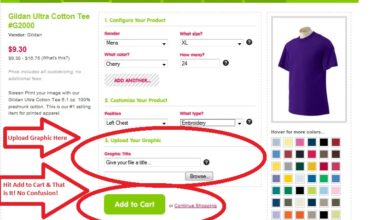




Leave a Comments